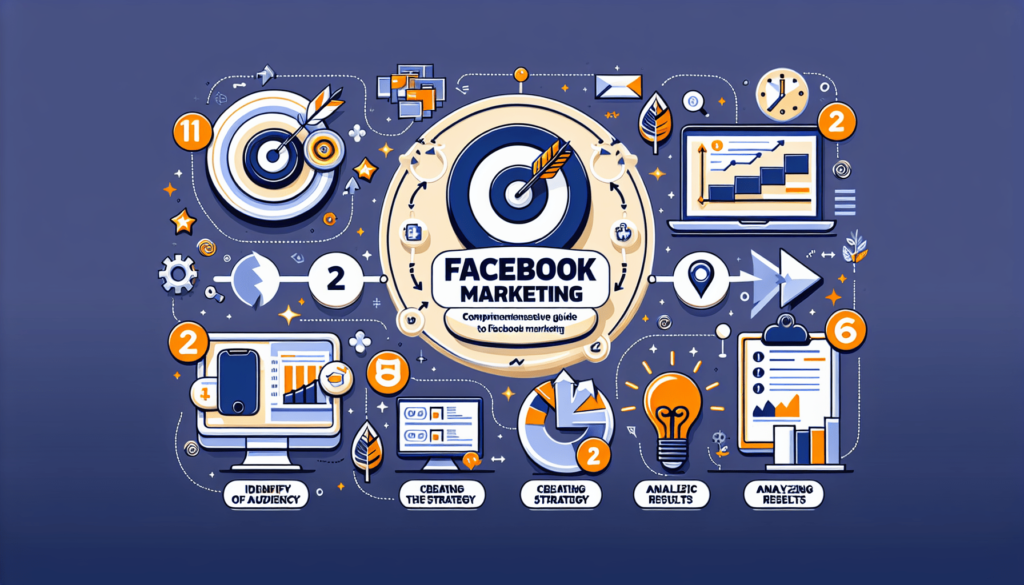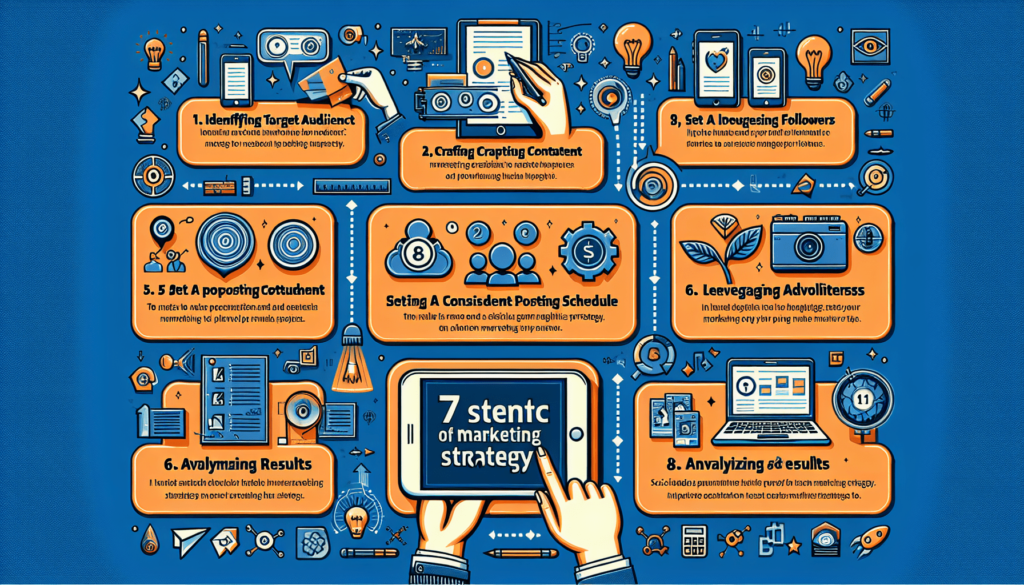How to create a successful Facebook marketing strategy in 7 Steps?
Introduction
Creating a successful Facebook marketing strategy is essential for businesses looking to expand their reach, engage with their audience, and drive conversions. By following these 7 easy steps, you can develop a comprehensive plan that will help you achieve your marketing goals on the world’s largest social media platform.
Getting Started with Facebook Marketing
Before diving into creating a Facebook marketing strategy, it’s important to understand the platform and its audience. Facebook has over 2.7 billion monthly active users, making it a valuable tool for businesses of all sizes. With a wide range of targeting options and ad formats, Facebook offers a unique opportunity to connect with potential customers in a meaningful way.
Step 1: Define Your Goals
The first step in creating a successful Facebook marketing strategy is to define your goals. What do you hope to achieve with your marketing efforts? Whether it’s increasing brand awareness, driving website traffic, or generating leads, having clear and measurable objectives will guide your strategy and help you track your progress.
Tips:
- Make sure your goals are specific, measurable, achievable, relevant, and time-bound (SMART).
- Consider using metrics like reach, engagement, conversions, and return on ad spend to measure the success of your Facebook marketing campaigns.

Step 2: Know Your Audience
Understanding your target audience is crucial for developing a successful Facebook marketing strategy. By identifying key demographic and psychographic factors, you can create content that resonates with your audience and drives engagement.
Tips:
- Use Facebook Insights to gather data about your audience, including age, gender, location, interests, and online behavior.
- Create audience personas to better understand the needs, preferences, and pain points of your target audience.
Step 3: Create Engaging Content
Creating engaging content is key to capturing the attention of your audience and driving engagement on Facebook. Whether it’s photos, videos, blog posts, or infographics, the quality of your content will determine its success on the platform.
Tips:
- Experiment with different types of content to see what resonates with your audience.
- Use a mix of educational, entertaining, and promotional content to keep your audience engaged.

Step 4: Set a Budget
Setting a budget for your Facebook marketing efforts is essential for maximizing your return on investment. Whether you’re running ads, boosting posts, or sponsoring content, having a clear budget will help you allocate resources effectively and achieve your marketing goals.
Tips:
- Start small and gradually increase your budget as you see results.
- Monitor the performance of your ads and adjust your budget based on what’s working and what’s not.
Step 5: Choose the Right Ad Format
Facebook offers a variety of ad formats to choose from, including photo ads, video ads, carousel ads, and collection ads. Selecting the right ad format for your campaign will depend on your goals, target audience, and budget.
Tips:
- Experiment with different ad formats to see which ones perform best for your business.
- Use compelling visuals, clear calls-to-action, and engaging copy to drive conversions.

Step 6: Monitor and Measure Your Results
Monitoring and measuring the performance of your Facebook marketing campaigns is essential for optimizing your strategy and achieving your goals. By tracking key metrics like reach, engagement, click-through rate, and conversion rate, you can identify what’s working and what’s not.
Tips:
- Use Facebook Analytics to track the performance of your ads and organic content.
- A/B test different elements of your campaigns to see what resonates with your audience.
Step 7: Adapt and Evolve Your Strategy
The final step in creating a successful Facebook marketing strategy is to adapt and evolve your approach based on your results. By analyzing the data, gathering feedback from your audience, and staying up-to-date with the latest trends and best practices, you can continuously improve your strategy and achieve better results.
Tips:
- Stay informed about changes to the Facebook algorithm and ad policies.
- Be open to trying new strategies and tactics to see what works best for your business.
In conclusion, creating a successful Facebook marketing strategy requires careful planning, execution, and optimization. By following these 7 steps, you can develop a comprehensive plan that will help you reach your target audience, drive engagement, and achieve your marketing goals on the world’s largest social media platform.












